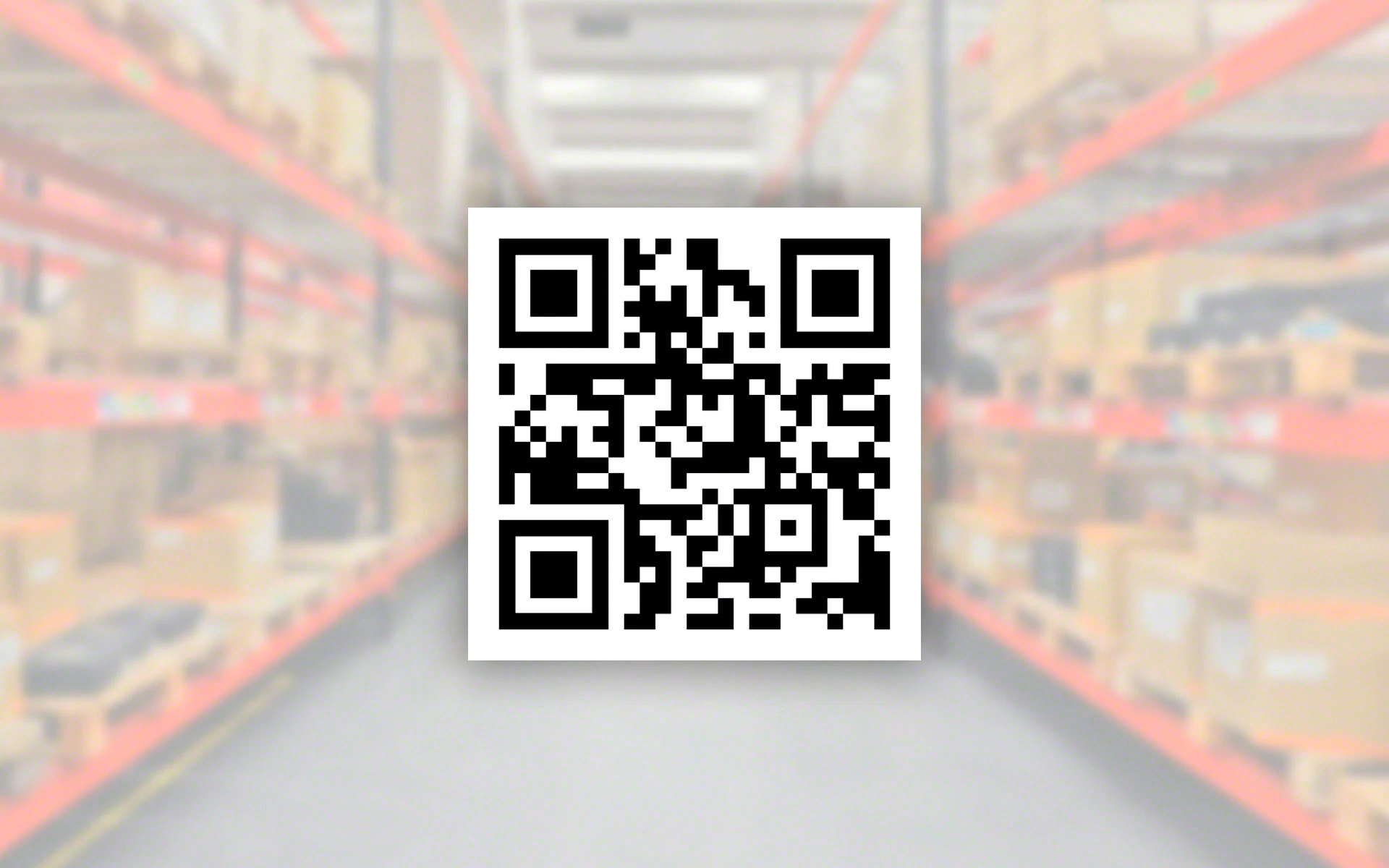In the complex and dynamic landscape of supply chain management, the integration of technology plays a pivotal role in enhancing efficiency, transparency, and traceability. Quick Response (QR) codes have emerged as a versatile and powerful tool, revolutionizing various aspects of supply chain operations. In this article, we explore the multifaceted role of QR codes in supply chain management and how they contribute to optimizing processes from production to distribution.
1. Efficient Inventory Management:
QR codes streamline inventory management by providing a quick and accurate means of tracking products and materials. Each item in the supply chain can be assigned a unique QR code that contains essential information such as product details, batch numbers, manufacturing dates, and expiration dates. This digital representation allows for real-time monitoring and easy identification of items within the inventory.
2. Enhanced Traceability:
Traceability is a critical aspect of supply chain management, especially in industries with strict regulatory requirements such as food and pharmaceuticals. QR codes enable end-to-end traceability by allowing each product to be traced back to its origin. In the event of recalls or quality issues, QR codes facilitate swift identification and removal of affected products, minimizing the impact on consumers and the brand.
3. Streamlined Order and Shipping Processes:
QR codes play a crucial role in order fulfillment and shipping processes. They are utilized on packing slips, shipping labels, and product packaging to encode information such as shipping addresses, order details, and tracking numbers. This ensures accuracy in shipping and expedites the entire order fulfillment process.
4. Asset Tracking and Management:
Assets, including machinery, vehicles, and equipment, can be efficiently tracked using QR codes. By affixing QR codes to assets, organizations can monitor their location, usage, and maintenance history. This proactive approach to asset management helps prevent losses, ensures optimal utilization, and facilitates timely maintenance.
5. Supplier and Vendor Management:
QR codes simplify supplier and vendor management by providing a standardized way to identify and verify suppliers. By encoding information about suppliers and their certifications, organizations can quickly assess the credibility and compliance of their partners. This contributes to building a reliable and transparent supply chain network.
6. Real-Time Visibility:
Real-time visibility is a key advantage of using QR codes in supply chain management. As products move through the supply chain, QR codes enable stakeholders to access up-to-date information at every stage. This visibility enhances decision-making, allowing organizations to respond promptly to disruptions, optimize routes, and improve overall operational efficiency.
7. Quality Control and Authentication:
QR codes support quality control measures by encoding information related to product quality, testing, and inspection results. Additionally, QR codes are employed for product authentication, helping organizations and consumers verify the authenticity of products and mitigate the risks associated with counterfeit goods.
8. Sustainability and Eco-Friendly Practices:
In alignment with sustainable practices, QR codes contribute to reducing paper usage in supply chain operations. Digital documentation and QR codes on packaging eliminate the need for extensive paperwork, promoting eco-friendly and sustainable practices in supply chain management.
Conclusion:
The role of QR codes in supply chain management is instrumental in optimizing processes, enhancing visibility, and ensuring the integrity of products throughout the entire supply chain. As technology continues to advance, the integration of QR codes will likely evolve, offering new opportunities for innovation and efficiency in the intricate web of global supply chains. Organizations that embrace and leverage the capabilities of QR codes stand to benefit from improved accuracy, transparency, and resilience in their supply chain operations.

